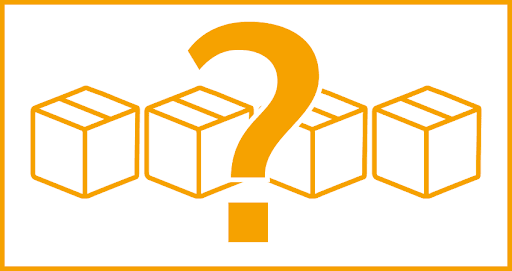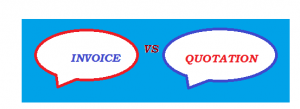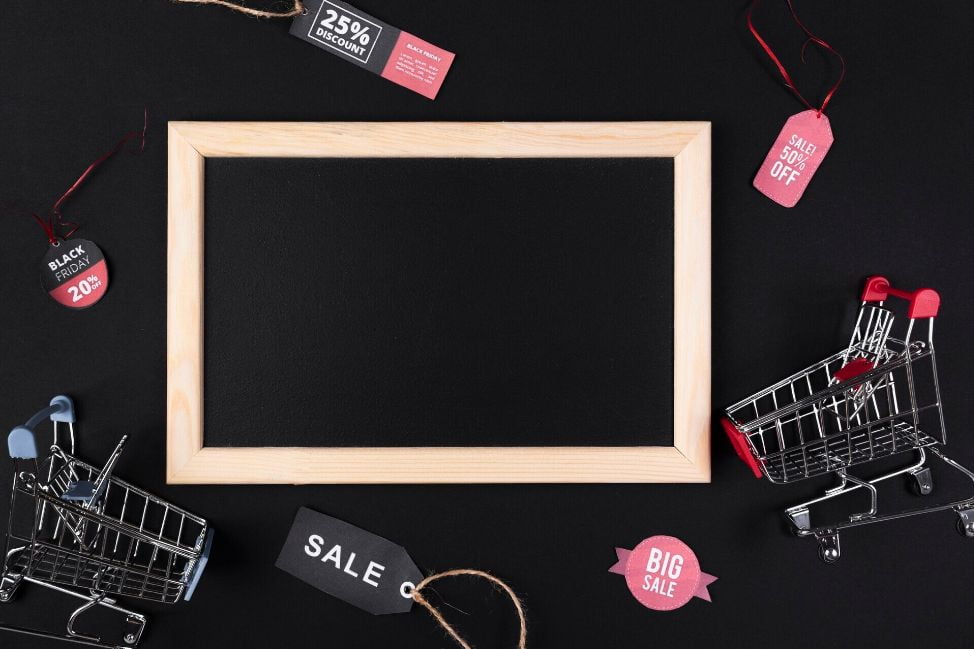When it comes to the back end of running a service business, there’s a lot to learn. From communicating with clients through different stages of a job, to billing your clients, to staying on top leads and customers, and finally cash flow, keeping your business organized can be a challenge. If you haven’t realized this yet –– quote and invoice documents you use to communicate to clients are one of the best ways to stay on top of everything.
From an initial quote to a final invoice, what you send out and store internally can be one of the easiest ways for you and your team to stay in the loop. So, what exactly are quote and invoice? How are they different? How can you use them to optimize and organize your service business? Where can you get started? You probably have a lot of questions, so let’s dive in.
What is a quote?

A quote is the complete and final cost of what you plan to charge for a job before it starts. Unlike an estimate, a quote is sent after you have visited a job site and have accurate information about material costs, property size and condition, and labor requirements. Quotes should include all the costs associated with a job, including taxes, discounts, materials, and labor. Once you send a quote to a client, they will need to sign off and approve it before you can start a job. Many businesses also require a deposit on the total amount before starting any work.
A quote should always come before an invoice. The total amount you bill a client for will generally be the same as the initial quote. However, it may change if the scope of the work changed after starting the job, or if you’ve underpriced the work significantly. Either way, you would need to discuss this with the client.
What are the benefits of writing quotations?
Home service quotes help keep you and your prospects or leads organized
If you’re not writing your leads quotes, how are you able to keep track of who’s who, which projects are which, and what leads are the most promising for your business to pursue?
For example, if you meet a prospect on the street and write them an estimate for a job on a business card and hand it over, how will you remember when to follow up? What will you say in the follow-up text or email? Will you have their contact information for the follow-up as well? Now, let’s scale this scenario. What happens when you meet several leads in one day?

This can become an impossible task if you’re not using hard copies of quotes. It isn’t any easier if you’re relying on pen and paper either. Finding a digital quoting software solution, like Jobber, can make this much easier. If you’re not ready to scale up to software, using a free quoting tool, like Job Toolkit is an amazing alternative. Look for an option that empowers you to write professional and organized quotes; collect and store client information; and send automatic follow-up emails and texts to your clients for you. Keeping track of who you provided a quote to and when will help you to build a strategy around leads and prospective clients. This comes in handy when you start to focus more on strengthening your lead generation game and upping your chances of turning more leads into committed clients.
Quotes help you monitor scope.
Sometimes, a job turns out to be a lot more work than you anticipated. This could either be due to unforeseen issues or increasing client demands. When this happens, quotes can come in handy. Since quotes break down specific line items for a job, it’s easy to reference each line item to see what the original scope of the project was.
In addition to that, you can use a quote to show your client what higher-scope services or packages are and what they will cost them. With optional packages, you’re able to present a full range of options for your clients to choose from.
What is an invoice?

An invoice is a bill that you send to a client once a job has been completed. Unlike a quote, you send an invoice after a job. An invoice should include a complete breakdown of the costs associated with a project as well as payment information, such as a due date, payment methods, subtracted deposits, etc.
Once clients receive an invoice, they should make a payment within the timeframe you provide (for example, within two weeks, 30 days, or at the end of the month). If they don’t, you may choose to charge a late fee or interest on the amount due, depending on your late payment policy. Ideally, you should send an invoice within 24-48 hours of completing a job. Try to send it after you’ve completed the clean-up and a final walkthrough with the client to ensure they’re satisfied.
What are the benefits of using invoices?
Keep cash flow organized.
Invoices are a great way to keep track of finished jobs, incoming payments, and overdue client bills. By noting when an invoice is sent, setting specific payment due dates, and building a communication strategy for late or overdue payments, you’ll have a solid understanding of what your cash flow looks like. Plus, you’ll know when to expect incoming cash, which will allow you to plan for expenses and work out a budget.
Tell clients how to pay and when
Legitimate invoices include information about how to make payments, and when they are due. When clients have straightforward and convenient payment options; like credit and debit card payments they’re more likely to pay on time. With invoice software, you’ll be able to tell which clients have yet to pay their invoices, and which invoices have been paid. You’ll have a better understanding of your cash flow health.
Your invoices should specify how to make payments when they’re due, and what happens if a client pays late. Be sure to offer a couple of different payment options to accommodate different types of clients. While some may prefer to send a check in the mail, others may want to pay with a card on the spot.
When to use quote vs invoice

In short, you should always use quotes and invoices. If you don’t have a system in place, try a free tool like Job Toolkit to start getting your feet wet. As your business matures, quotes and invoices should be part of a larger process that includes estimates, follow-ups, two-way client communication, a CRM, and more.
Clients should receive the quote after an estimate and before the job begins. Your quote is like a detailed price tag. It should tell a client what they’re getting for exactly how much. Invoices should always be sent once a job is complete, and never before quotes or estimates. Your invoice is like a receipt showing the client what they received and how much they need to pay for it.
The total number on your quotes and invoices should almost always be the same unless something about the job changes (like scope, material cost, or additional labor requirements).
Conclusion
Above are all the differences regarding the quote and invoice. If you have any questions then leave a comment down below and we will come to your service. Have a look at Grit Global. A Magento b2b platform that offers you multiple channels, flexibility in creating customizing catalogs, prices as well as Comprehensive Inventory Management Features. All kinds of features in one but still guarantee fast speed and simplicity. You will not have to worry and do tasks on your own with this genius invention.








